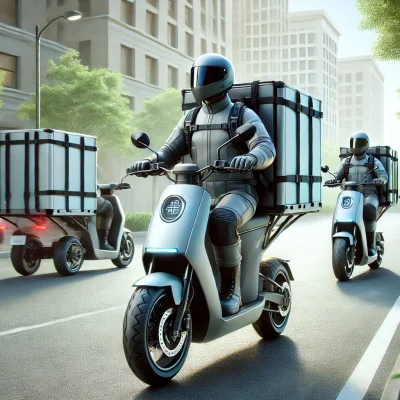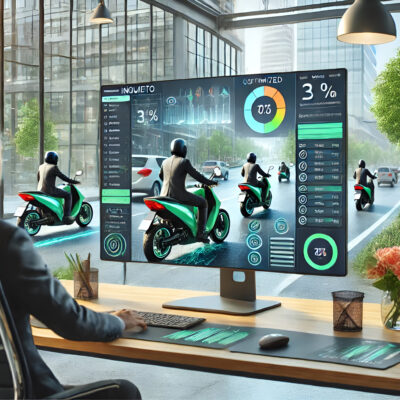The fight against the environmental impact of mobility operations is not just a trend, but a transversal necessity. The change to sustainable, electric mobility transcends personal or commercial spheres. In this regard, all sectors or services must come together. A palpable example of this transformation is observed in the emergency services, which are now decisively joining the electric revolution.
The adaptation of electric vehicles of all kinds for use in different areas of emergency services, in both police and healthcare, is a very significant step towards 100% sustainable mobility. A goal which, furthermore, is perfectly achievable without compromising the efficiency and effectiveness of the day-to-day operations of the different services, even in critical situations.
Electric vehicles for emergency services
The use of electric vehicles in emergency services involves the integration of advanced technologies and innovative solutions that meet the unique demands of the situations they must face.
Electric mobility, in addition to offering key advantages such as the reduction of polluting gas emissions or the reduction of noise pollution, makes available to the emergency services a design adapted to their needs and cutting-edge technology which stands out for its efficiency and security.
- Design tailored to optimal performance
The adaptation of electric vehicles for emergency services involves a design to guarantee optimal performance in critical situations. With this in mind, vehicles must be equipped with advanced energy management systems, allowing efficient power distribution to optimise performance during prolonged operations.
Furthermore, the integration of fast charging technologies is essential to maintain operational availability at all times. The ability to recharge batteries quickly ensures that the vehicles are ready to respond to emergencies immediately.
- Advanced technology for safety and efficiency
As regards the incorporation of advanced technology in the electric vehicles used in emergency services, integrated communication systems, accurate navigation and real-time monitoring capabilities are essential to coordinate effective responses.
The implementation of driver assistance technologies, such as emergency braking systems and autonomous driving assistance, can improve safety for both vehicle occupants and citizens in emergency situations. An essential requirement to avoid or minimise risks, especially when having to drive frenetically due to the circumstances surrounding the emergency.
In these situations, drivers must skilfully weave in and out of traffic to reach the scene of the emergency quickly. Driving in emergency service implies the need to make quick, accurate decisions. Drivers must constantly evaluate the traffic situation, anticipate possible obstacles and ensure the safety of everyone on the road, including themselves. Speed and skill are essential, but always balanced with the responsibility of ensuring public safety.
- Challenges and opportunities
The challenge posed by the transition to electric vehicles in key citizen services such as emergencies also affords opportunities for innovation and collaboration between governments, vehicle manufacturers and technology companies. Investment in research and development can lead to solutions that overcome current obstacles and speed up the widespread adoption of electric vehicles for emergency services.
A sustainable, safe future
The adaptation of electric vehicles for emergency services is a further step towards a more sustainable, safer future. The combination of electric mobility with advanced technologies offers an efficient, respectful response at critical times. As emergency services embrace this transition, we are building a path towards a world where the response to critical situations is not only effective, but also sustainable.





